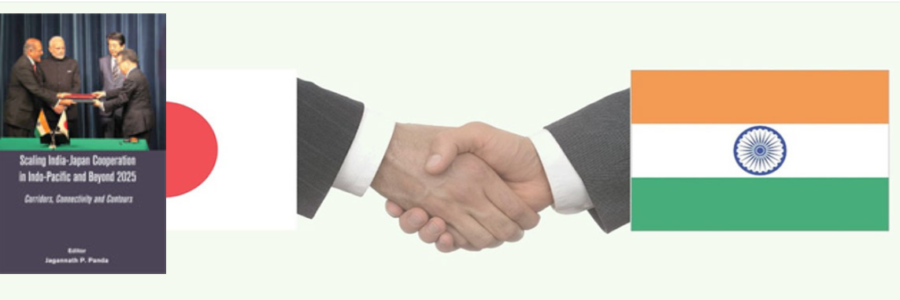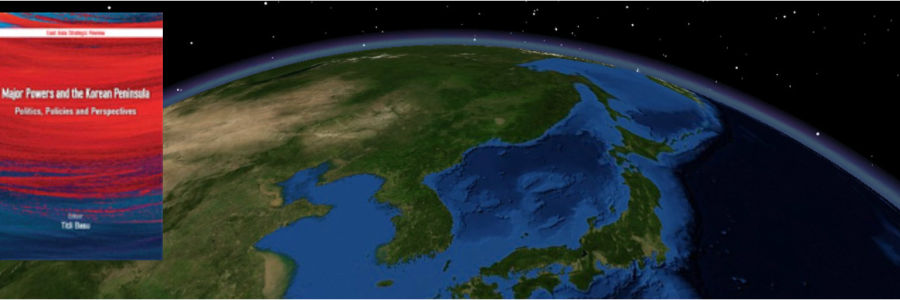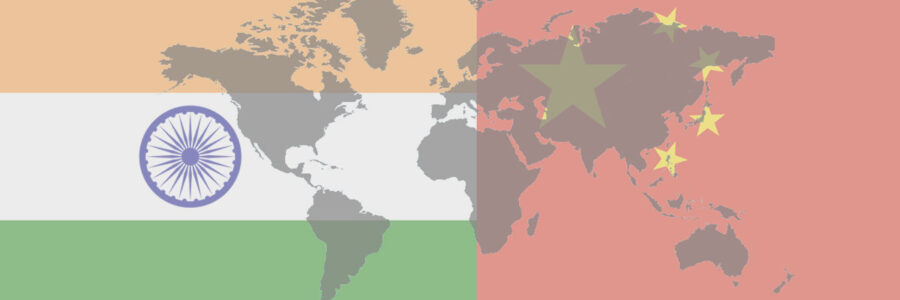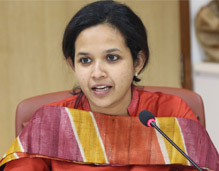Railway to Lhasa: An Assessment
On October 12, 2005, China announced the completion of a railway line to Tibet—one of the world’s highest train routes. This railway line climbs 5,072m (16,640ft) above sea level and runs across Tibet’s snowcovered plateau—dubbed the roof of the world. China’s official Xinhua news agency while celebrating the achievement said that the equivalent of USD 3 billion had been spent on the challenging 1,118km (710-mile) section, after four years of construction.
The Political Economy of China’s Defence Modernisation
World over, differences exist about the impact of military expenditure. While development economists consider excessive military expenditure as wastage, many defence economists have a different view. With the defence versus1 development debate unending, China makes a unique contribution. While China’s defence expenditure is not well known, the hinese experience shows that investments in development do provide an expanded economic base subsequently, which will take care of defence needs.
India and the East Asian Summit
The inaugural East Asian Summit (EAS), touted as groundbreaking, commenced on December 14 in Kuala Lumpur comprising 16 nations— the 10 ASEAN countries, China, Japan, India, Australia and New Zealand with Russian President Vladimir Putin making a special appearance. The EAS Declaration, like many issued before in the region, is wide-ranging: from political and security cooperation, infrastructure development, financial issues, further liberalisation of regional trade and investment, poverty eradication to fighting epidemics. Nonetheless, inter alia, three points need underscoring.
Foreign Economic Policy-Making in China
Understanding the inner dynamics influencing the ongoing process of economic reform in China, especially the flexibility achieved by government bureaux is important for strategic policy makers in India. The brief study seeks to determine the relationships of dominance, correspondence, and contradictions as well as the direction of influence, the sequencing between government bureaux, and the end results of their joint operations by applying the micro-macro linkage approach.
Elections in Japan: Koizumi’s Gamble Pays Off
Japan’s ruling Liberal Democratic Party (LDP) – which has dominated Japanese politics for the past fifty years, swept the recent snap polls called by Prime Minister Junichiro Koizumi in August this year. The outcome of the elections has significant implications for Japan’s domestic as well as foreign policy. The extraordinary mandate that Koizumi received established him as the undisputed leader, giving him the green signal to move ahead with his proposed reforms. The LDP garnered as many as 296 out of the 480 seats in the Japanese Diet’s Lower House.
Cooperation Among Maritime Security Forces: Imperatives for India and Southeast Asia
The end of the Cold War witnessed a realignment of equations amongst states to adapt to the changed world order. Within its ‘Look East’ policy, India initiated an economic engagement with its extended eastern neighbourhood to generate political trust and eventually forge multifaceted bonds. Due to the salience of Southeast Asia in geo-strategic terms, cooperation among maritime security forces has lately become imperative to respond to transnational security threats and realise common politico-strategic objectives.
Japanese Security at the Crossroads: Challenge and Initiatives
In the emerging complex security situation in the Asia-Pacific region, Japanese security policies appear to be undergoing dramatic changes. The alliance with the US, especially the presence of American troops, is facing with some uncertainty after 9/11. The rise of China as a major economic and military power is seen to pose a serious challenge to Japan. Moreover, North Korea’s unabated attempts to develop WMD capabilities along with ballistic missiles threaten Japanese security directly. In response, Japan has initiated certain significant steps.
Japan’s Changing Role in the US-Japan Security Alliance
The US-Japan security arrangements have formed one of the most significant pillars of Japan’s security strategy ever since the end of the Second World War. However, what is noteworthy is the incremental growth in the Japanese profile within the alliance, from the time of its inception to the present. This paper traces the growing Japanese role within the alliance and argues that the relationship is likely to remain robust in the foreseeable future.
Whither the Look East Policy: India and Southeast Asia
India’s policy with Southeast Asia, which took a distinctive shape since the early 1990s in the form of the Look East policy, has been a multipronged approach encompassing political, strategic and economic aspects. Apart from establishing institutional linkages with ASEAN and strengthening bilateral relations with its member states, especially in the field of defence, India has been an enthusiastic participant and supporter of multilateralism in Asia-Pacific.
Conceptualising Uyghur Separatism in Chinese Nationalism
The origins of Chinese nationalism are traceable to the post-Cold War era which saw the gradual erosion of Communist ideology and the Chinese government’s use of nationalism to shore up party legitimacy. Yet, the Chinese nationalism which has emerged is representative of Han nationalism and ignores ethnic minority nationalism in the larger cause of China’s unity and integrity. Therefore, the strains in Chinese nationalism are visible today, in the separatist movements in Tibet and Xinjiang.
Comments on China’s Defense Paper 2002
China’s Defense Paper 2002 was released in December 2002. It is the fourth such Paper since 1995. It clearly affirms that the top priority for China is to continue its modernisation. In particular, economic security is given more attention. The report also echoes the guidelines set at the 16th National Congress of the Communist Party for the future development of China. As stated in the White Paper, “The 16th National Congress of the Communist Party of China… has drawn up a grand blueprint for China’s development in the new century.




















